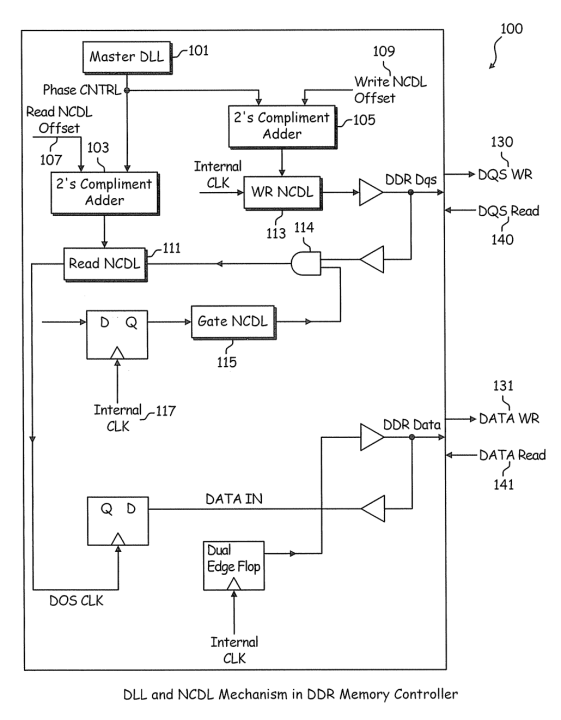Transfer Pricing, when done appropriately, ensures that intercompany transactions are made at arm’s length. As a refresher, arm’s length means when related entities engage in a transaction they must do so as if the transaction is transacted between unrelated parties. This ensures fairness and that appropriate taxes are paid in the correct countries.
Practitioners rely on agreement data to prove the terms and rates agreed upon are structured at arm’s length. But this information is not enough since these analyses also require documentation of their findings for submission to tax authorities. Documentation can raise the following questions:
- What data is appropriate?
- What level of detail is needed?
Fortunately, many tax authorities, the IRS included, have developed guidelines and FAQs to address areas of confusion.
See below for one question that stands out on the IRS FAQ Page:
IRS FAQ: “What are some areas the IRS has identified in transfer pricing documentation reports that could benefit from improvements?”
The answer given by the IRS was immensely helpful in understanding what type of information tax authorities are looking for. Including the level of detail necessary to ensure your documentation is appropriate and will be accepted. A key section we found in their answer was centered around the documentation of DEMPE functions within an agreement.
“Functional analysis narratives should be robust and link facts to analysis. Sometimes taxpayers include a list of facts in their documentation with no real analysis to connect the business description to the method selection. For example, some taxpayers present a “functional analysis” checklist of who does what with very little attention to the “analysis.” Failing to link the business operational structure to the subject transactions and intercompany pricing or not explaining how and where the value is created that supports the allocation of profits among the parties does not substantially advance an examination toward a conclusion. The functional analysis should be well-supported factually and should not rely on broad assumptions about the business. Strengthening this analysis can benefit a taxpayer by answering questions before they are asked by the IRS.”
We understand that to take this one step further there needs to be a connection made between functional analyses and benchmarking of the intercompany transactions. As part of the comparability analysis and evaluation of those factors and DEMPE, practitioners should evaluate agreements to ensure they are sufficiently similar to the intercompany agreement. But when comparing transactions that could cover between 10-50 pages of legal text in addition to interviews conducted with the business side during functional interviews, there needs to be an efficient way to evaluate the summary information and full-text documents.
So how can this be done efficiently? ktMINE’s Paragraph View is used by analysts to quickly review agreements. The Paragraph View allows users to segment an agreement by the specific clauses or sections of interest to efficiently parse through the full-text contract and assess the allocation of functions, risks, and assets. Users apply keywords to identify the parties’ responsibilities centered around Development, Enhancement, Maintenance, Protection, and Exploitation. Or even specific clauses of interest such as Guarantee clauses among others.
As the IRS and other Tax Authorities continue to update guidance and requirements, you can trust ktMINE will be innovating alongside them to ensure you spend as little time finding data to simplifying your time analyzing transactions. Please reach out if you’d like to see how Paragraph View works, how it will benefit your analyses and new information for other innovations we have coming this year.
Contact us to learn more about our transfer pricing solution.




